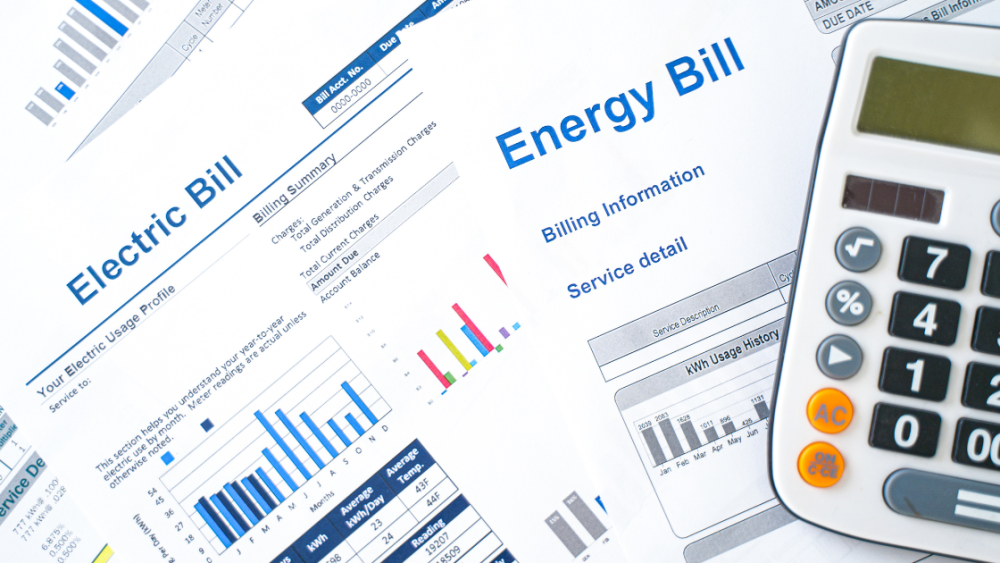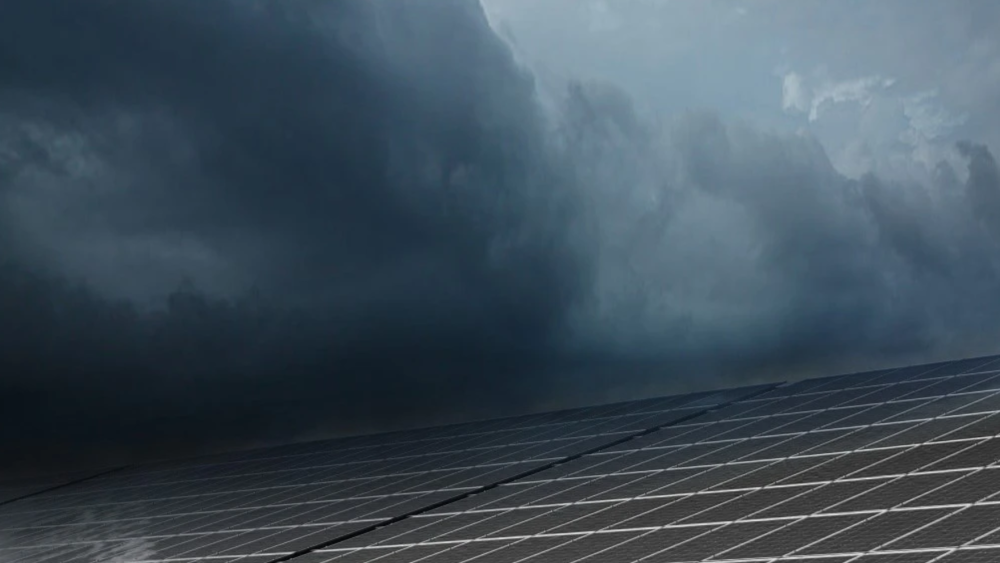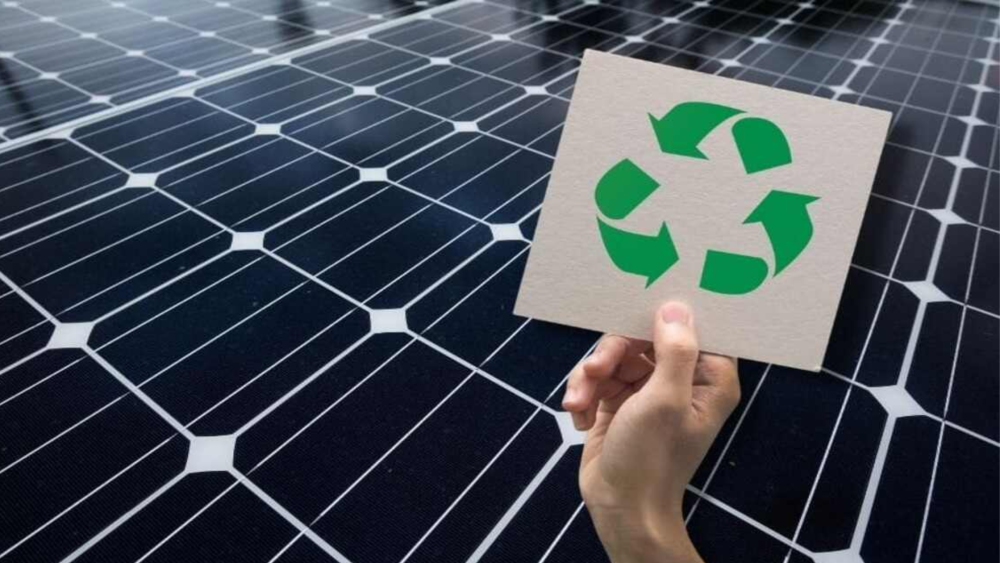Understanding Peak Hour Electricity and Its Impact on Your Energy Bill
Written on . Posted in Home energy.

Try our solar cost and savings calculator
Introduction
If you've ever noticed fluctuations in your electricity bill, you may have wondered what causes these changes. One significant factor is peak hour electricity pricing. Peak hours are specific times of the day when electricity demand is highest, and utility companies often charge more for power usage during these periods. Understanding peak hours and how they affect your energy costs is essential, especially for homeowners considering solar power.

What Are Peak Hours?
Peak hours refer to the times of day when electricity demand is at its highest. These periods typically occur when people are most active at home, such as in the morning when they wake up and in the evening when they return from work. During peak hours, utility companies may increase electricity rates to manage demand and encourage consumers to reduce their usage.
Peak hours can vary depending on the season, region, and utility provider. In general, peak times fall between:
- Summer: 3 PM to 8 PM
- Winter: 6 AM to 9 AM and 5 PM to 9 PM
How Peak Hour Pricing Affects Your Electricity Bill
Electricity pricing during peak hours is usually higher than during off-peak times. This pricing model, known as Time-of-Use (TOU) rates, means that the cost of electricity can fluctuate throughout the day. By charging more during peak hours, utility companies aim to reduce overall demand, preventing strain on the grid and minimizing the need for additional power plants.
For homeowners, this means that running appliances like air conditioners, washing machines, and ovens during peak hours can significantly increase your electricity bill. On the other hand, shifting your usage to off-peak hours can help you save money.
Why Peak Hours Matter for Solar Energy Users
If you have a solar energy system, understanding peak hours is even more critical. Solar panels typically generate the most electricity during the middle of the day when the sun is at its highest. If peak hours in your area align with your solar production, you can maximize your savings by using your solar-generated power during these times instead of drawing from the grid.
However, if peak hours occur when your solar panels aren’t producing as much energy, you may need to rely on grid power, which can be more expensive. To optimize your solar savings, consider the following strategies:
- Energy Storage: Install a home battery system to store excess solar energy generated during the day for use during peak hours.
- Load Shifting: Run major appliances during times when your solar panels are producing the most power or during off-peak hours.
- Energy Monitoring: Use smart home devices or energy management systems to track your energy usage and adjust your consumption accordingly.

The Future of Peak Hour Pricing
As the energy landscape evolves, more utility companies are adopting TOU rates to better manage electricity demand and integrate renewable energy sources. For solar homeowners, this shift presents both challenges and opportunities. On one hand, TOU rates can increase costs if you’re relying on grid power during peak times. On the other hand, with the right planning and energy management, you can leverage solar power to minimize these costs and even take advantage of lower off-peak rates.
Conclusion
Understanding peak hour electricity and how it impacts your energy costs is crucial for making informed decisions about your power usage, especially if you have or are considering solar panels. By aligning your energy consumption with off-peak hours and leveraging solar power during peak times, you can maximize your savings and reduce your electricity bill.
Try our solar cost and savings calculator




